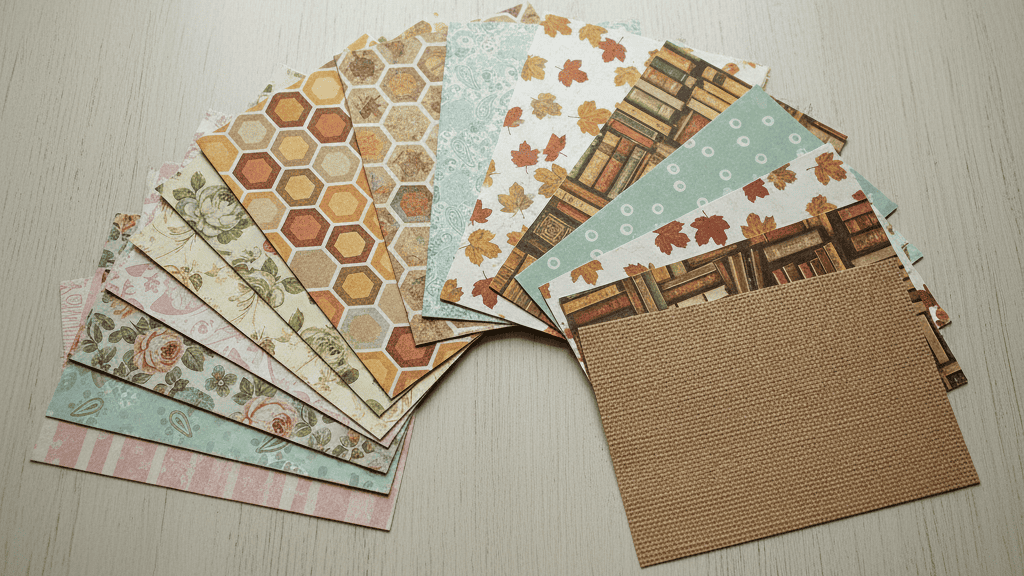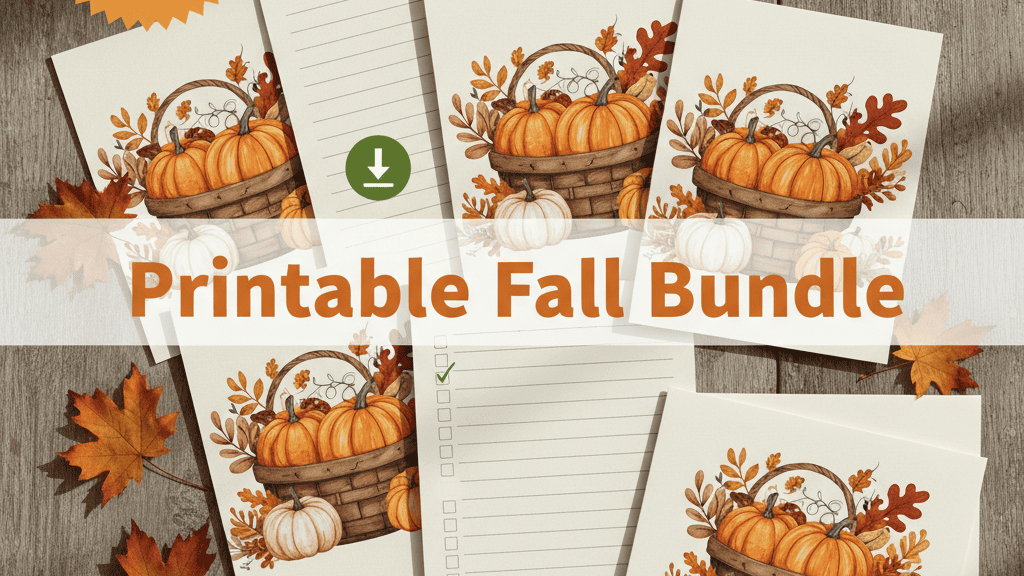The fall and holiday season is prime time for printed materials: greeting cards, , gift tags, special event invitations, seasonal flyers, and more. However, the paper stock and finishing options you select can significantly impact the final look, feel, and durability of your prints.
At Replica Printing, we believe that with the right paper and finish, your seasonal pieces will deliver maximum impact—and last through mailing, handling, and display. Below we walk through how to select the ideal paper and finishing options for your fall and holiday printing projects.
1. Understand Your Project Goals & Conditions
Before choosing a paper or finish, start by defining:
- Usage environment: Will this piece be mailed, handed out, framed, or displayed outdoors? Some finishes and paper weights resist moisture or fingerprints better than others.
- Budget constraints: Premium stocks and specialty finishes cost more, so balance appearance against cost per piece.
- Brand and visual theme: Do you want a rustic, textured look (for “warm,” cozy holiday themes) or a sleek, modern feel? The tactile quality of paper reinforces the emotional tone.
- Production constraints: Thicker paper or certain coatings may slow turnaround or require special handling.
2. Select the Right Paper Weight & Type
Paper “weight” often refers to how heavy or thick the stock is, and this matters a lot for different applications:
- Text / Book stocks (60–100 lb / 90–150 gsm): Great for inside pages of booklets, catalogs, or greeting card interiors.
- Cover / Card stocks (80–120 lb / 200–325 gsm): Ideal for greeting cards, postcards, invitations, and gift tags.
- Heavy stocks / cardstock (over 120 lb / 325+ gsm): Use for rigid display pieces, fold-out covers, premium packaging, or signage (if print equipment allows).
Also consider paper finish type:
- Uncoated: Offers a natural, tactile feel. Excellent for letterpress, wax seals, and writing on (e.g. with pens). But it tends to absorb ink more, so colors may appear slightly more muted.
- Semi-gloss / silk / satin: A middle ground—some sheen but still a bit of softness. Good for cards, catalogs, and multi-purpose prints.
- Gloss / high gloss: Very shiny and vivid for photos or vibrant designs. But gloss finishes are more prone to fingerprints and glare.
- Matte coated: A smooth, non-reflective coated surface. Ideal when you want rich color without shine or glare.
For fall and holiday visuals—rich reds, deep greens, metallic accents—coated stocks (satin, gloss, matte) often make colors “pop.” But if your design leans toward kraft paper, wood textures, or calligraphy, an uncoated stock may suit better.
3. Consider Specialty & Textured Papers
If your project calls for extra visual flair, consider textured or specialty stocks. Some options include:
- Linen, laid, or felt texture: Adds a subtle elegance, great for premium cards or correspondence invites.
- Gloss or matte metallic stocks: For shimmering accents or seasonal sparkle (e.g. silver snowflakes, gold foil). Note: metallic papers can complicate printing and finishing, so check compatibility with your printer.
- Kraft / recycled paper: For rustic, eco-friendly vibes. Be mindful of less uniform surface which can affect ink coverage.
When using textured or specialty papers, always test print a sample first—texture can impact registration, ink spread, or how a finish (varnish, lamination) bonds.
4. Pick the Right Finish / Coating for Protection & Appeal
A coating or finish isn’t just cosmetic—it helps protect prints from scuffs, fingerprints, moisture, and fading. Common finishing options include:
- Lamination (matte, gloss, soft-touch): A thin plastic film over your print. Adds durability and rigidity. Soft-touch gives a luxurious “velvety” finish.
- Aqueous (AQ) coating / UV coating: A liquid coating applied during printing. UV coating yields very high gloss; aqueous is more subtle and environmentally friendlier.
- Varnish or spot UV: Applies shine only to selected areas (logos, accents, embossed patterns). Creates contrast between matte and glossy parts.
- Embossing, debossing, foil stamping: While not coatings per se, these are finishing effects that can lend elegance to holiday prints.
- Scoring & folding with crease lines: On heavier stocks, scoring before folding helps avoid cracking or edge breaks.
Important tips when pairing finish with paper:
- Coated or glossy finishes often shine best on coated stocks; applying them to heavily textured stocks may yield uneven coverage.
- Thicker stocks may need special handling or pneumatic feed in finishing equipment.
- Spot varnish or embossing is ideal for adding seasonal flair—e.g. a glossy snowflake over a matte background.
- For mailed items, lamination or UV/AQ coatings protect against moisture, scuffing, and handling in transit.
5. Matching Finish to the Type of Holiday Piece
Below are suggestions for common fall / holiday print items and matching paper + finish combos:
| Item | Suggested Paper & Weight | Finish / Coating Option | Why It Works |
|---|---|---|---|
| Holiday greeting card | 100–120 lb / 250–325 gsm cover stock | Matte lamination or soft-touch; spot UV for accents | Sturdy, premium feel; protection from handling; contrast accent areas |
| Gift tag / hangtag | 90–110 lb / 200–300 gsm cover | Uncoated or dull coated; aqueous coating for durability | Allows for writing; durable in handling or tied on gifts |
| Seasonal flyers / promos | 80–100 lb / 150–200 gsm text or lightweight cover | Gloss or satin aqueous/UV; full gloss if color rich | Eye-catching, economical, suitable for distribution |
| Booklets / catalogs | 80–100 lb text plus 100–120 lb cover | Matte or gloss coating; soft-touch for premium covers | Rigid cover; interior pages absorb less ink bleed; visually cohesive |
| Postcards / mailers | 90–110 lb / 250+ gsm cover stock | UV or aqueous; full gloss or satin | Resistant to moisture and wear in mail; vivid color for imagery |
| Rigid display cards | Heavy 120+ lb / 350+ gsm or board stock | Lamination (matte/gloss) or UV coating | Durable for display, handling, and exposure |
6. Plan for Testing and Proofing
Never skip a physical sample or proof—especially with specialty papers or intricate finishes. At Replica Printing, we offer free print proofs so you can:
- Ensure color accuracy (especially for reds, greens, metallics)
- Check how the finish behaves (shine, texture, adhesion)
- Verify folding, scoring, and registration
Ordering a small “test run” before full production lets you catch issues early and avoid waste.
7. Lead Times, Cost & Scheduling Considerations
Specialty stocks and finishes can add time. You’ll want to:
- Order early—holiday season demand is high.
- Allow buffer time for finishing methods, especially foil stamping, embossing, or lamination.
- Balance cost vs volume—if you scale up, certain costs normalize.
- Work with your print provider (like Replica Printing) to select matched stocks and finishes that the equipment handles smoothly and reliably.
8. Questions to Ask Your Printer (such as Replica)
When discussing your project with a print vendor, make sure to ask:
- What paper stocks are currently in inventory or readily available?
- Which finishes/coatings are compatible with my design and paper choice?
- Can you provide a physical proof before full production?
- What are minimums or setup fees for specialty finishes?
- What tolerances exist for folding, registration, and trimming?
- What lead times do specialty finishes require?
Conclusion & Next Steps
Choosing the right paper and finish for fall and holiday printing projects is a blend of art and logistics. The right materials elevate your message, reinforce your brand, and protect your prints. And when done well, recipients remember—not just the design, but the way it *felt* in their hands.
If you’re ready to bring your seasonal printing ideas to life, Contact us at Replica Printing. Whether you’re planning greeting cards, catalogs, tags, or displays, we have experience in selecting the right stocks and finishes to make your prints stand out. Let’s get your fall and holiday projects off to a brilliant start.



